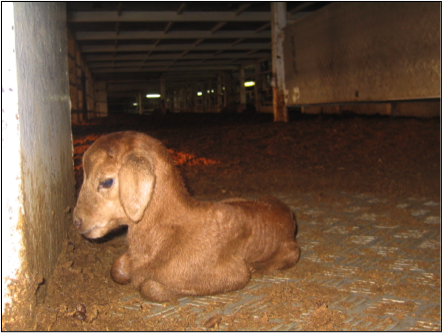Proponents Disagree on Potential of Australian Live Sheep Trade
Former live export veterinarian and animal welfare advocate Dr Lynn Simpson has joined the debate on the future prospects of Australia’s live sheep trade that was sparked by industry veteran and veterinarian Dr Tony Brightling. The official industry body for the trade sees the future differently.
Australia legislated a ban on the live export of sheep by sea from 1 May 2028 over animal welfare concerns, but Simpson also points to a shortage of vessels that is impacting prospects for the trade.

Her research indicates that there are around 17 ships that appear likely to be involved in the Australian trade. “Compare this to the 1990s when there were over 80 livestock ships servicing Australia,” says Simpson. Since then, the refrigerated meat market has grown as have animal welfare concerns.
“Australian sheep farmers are regularly told that food security for the Middle East is dependent on their sheep sailing live. This is incorrect. The current Australian chilled sheep meat exports to the Middle East alone are worth eight times the value of the entire live sheep trade from Australia – A$632m ($414m) versus A$77m as of 2022/2023. Also, Australia is not the main source of sheep exports for the world; it’s not even in the top five.”
In the 1980s and 90s, there were 10-12 large livestock carriers (70,000-110,000 sheep per ship) shuttling back and forth delivering sheep from Australia to the Middle East, says Brightling. The sheep were a staple food for the millions of south Asian guest workers employed on construction projects in the Arabian Gulf states.
“At the time, a shipboard mortality rate of less than 2%, with only an occasional mortality disaster, was considered OK. Animal welfare activism was in its infancy, and slaughter procedures varied from basic to downright medieval.”
In 2011, Four Corners aired ‘A bloody business’ an exposé of cruel slaughter practices for Australian cattle in Indonesia. This led to the introduction of the Exporter Supply Chain Assurance Scheme (ESCAS). Australian sheep can only be exported to an approved holding facility for slaughter at an approved abattoir. Brightling points to the costs of adhering to the system.
Then, in 2018, Four Corners aired another exposé, with whistleblower footage from five voyages on the Awassi Express (now Anna Murra), including a voyage in August 2017 when about 2,400 sheep died from heat stress. That led to a three-month northern hemisphere summer blackout of the trade for Australia. The Australian government also requires an Australian vet on all livestock ships to the Middle East.
Mark Harvey-Sutton, CEO of the Australian Livestock Exporters’ Council, says Brightling is incorrect to imply that to remain commercial, the industry needs to wind back animal welfare measures.
“The only thing the Australian Livestock Exporters’ Council and our allies in the Keep the Sheep movement want to wind back is a ban that doesn’t recognise the significant changes that have occurred – through industry and government working together. We’ve consistently said that the industry’s highest priority is animal welfare, both because it is the right thing to do and it makes commercial sense.”
Markets exist due to demand, he says, and the live sheep market will not die unless deliberately killed by Government. For example, the Saudi Arabia trade recently re-opened late last year, and exporters have interest from Morocco, Algeria, Turkey, the US and Indonesia.
“It is not for Dr Brightling, or the government, or any other, to state that: ‘There is no realistic prospect of a viable live sheep export trade after 1 May 2028’,” concludes Harvey-Sutton.
